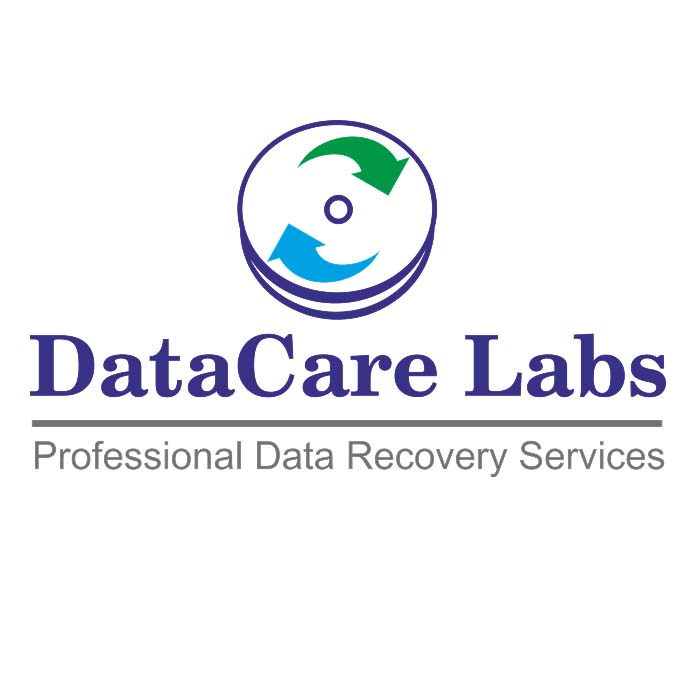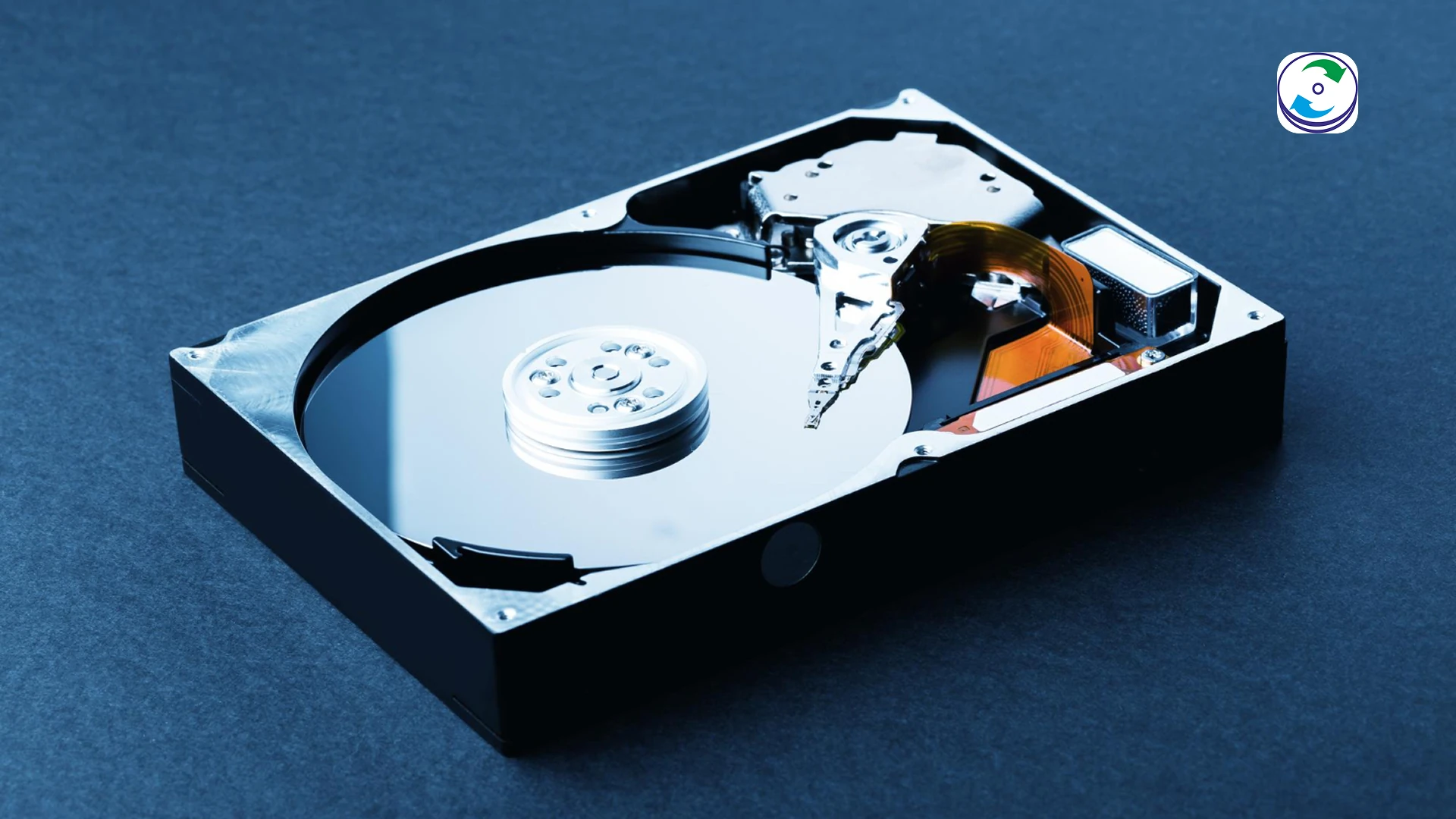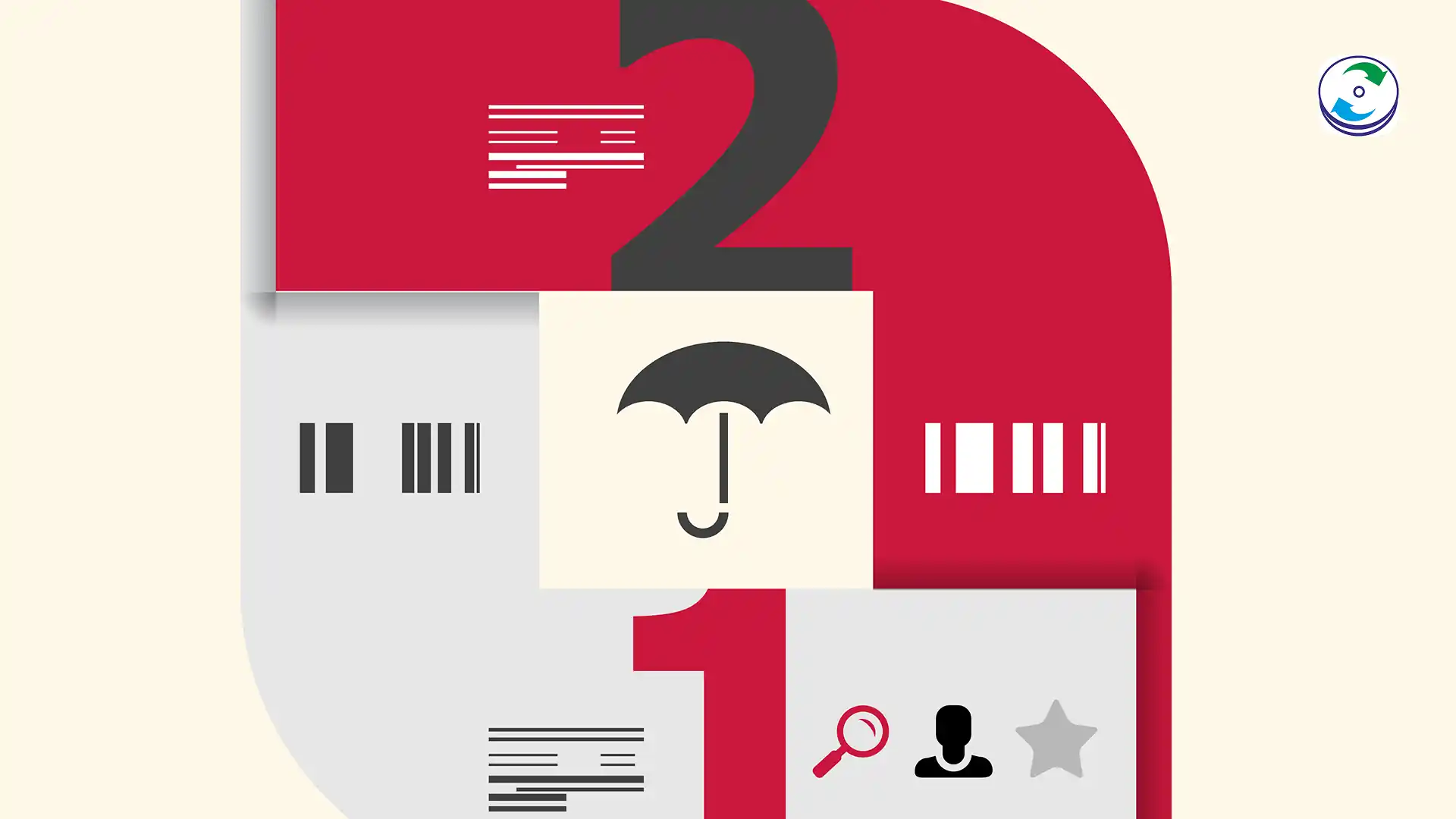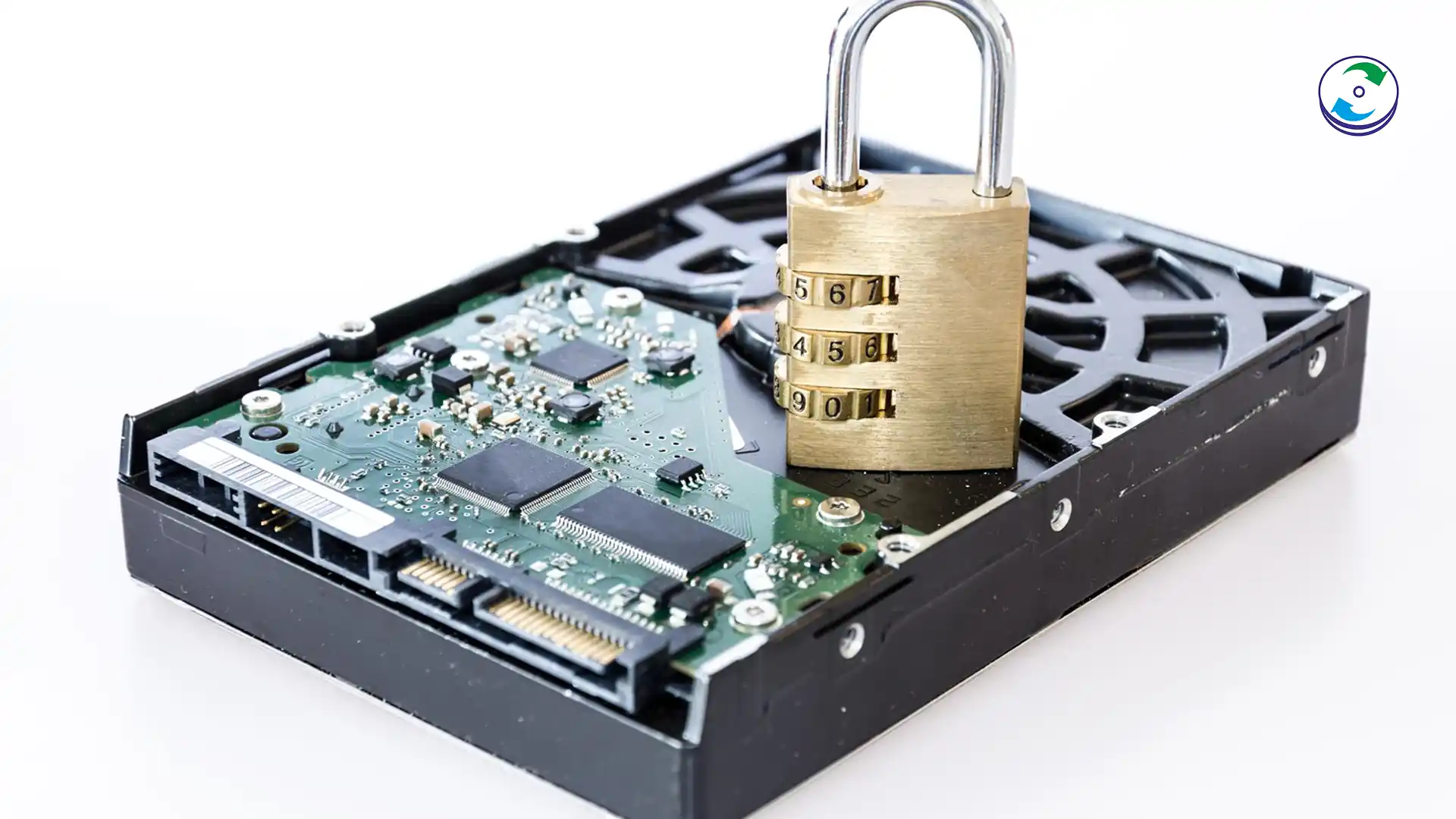Why Your BCDR Plan is Incomplete Without a Data Recovery Partner
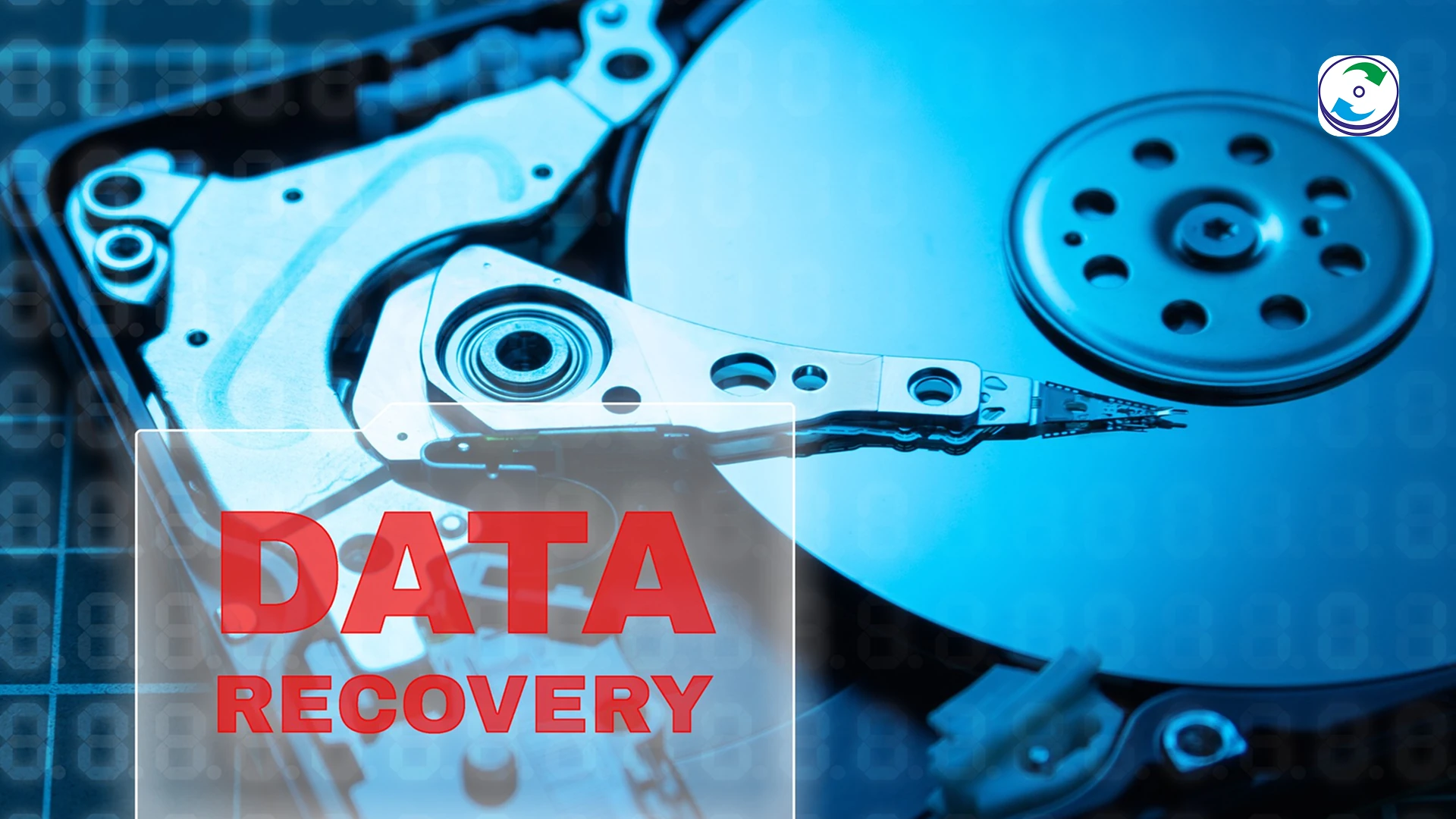
The Critical Gap in Your Safety Net
For any forward-thinking business in today’s digital landscape, a robust BCDR (Business Continuity and Disaster Recovery) plan is a non-negotiable asset. You’ve invested in redundant servers, off-site backups, and failover systems. You’ve mapped out procedures to keep the lights on during a crisis, and you’ve run drills to ensure your team knows what to do. On paper, your business is resilient.
But what if your meticulously crafted plan has a blind spot? What if the disaster is so catastrophic that it bypasses your backups, corrupts your archives, or physically destroys the very hardware your plan relies on? This is the moment a harsh reality sets in: a BCDR plan is a powerful tool for preventing downtime, but it is not a magic bullet for data loss. In these scenarios, the key to survival is not more prevention, but an expert in restoration. This is why no BCDR plan is truly complete without a professional data recovery partner.
Business Continuity vs. Disaster Recovery: A Quick Refresher
Before we dive into the gaps, let’s clarify the two core concepts:
- Business Continuity (BC): This is the proactive strategy to keep your business operational during and immediately after a disaster. It’s about maintaining critical functions, even in a diminished capacity. Think of it as keeping the lights on and the phones ringing.
- Disaster Recovery (DR): This is the reactive plan to restore your IT infrastructure and data to normal operation after a disaster. It focuses on the technical aspects: restoring backups, bringing systems back online, and getting everything running as it was before the event.
While both are essential, they are not infallible. They are designed to handle expected failures and documented scenarios. But what about the unexpected?
The Critical Gaps in a Standard BCDR Plan
Even the best-laid plans can fail. Here are some common scenarios where your BCDR strategy might fall short:
- Backup Corruption and Failure: Your BCDR plan’s foundation is its backup strategy. But what happens if the backup itself is corrupted? A software glitch, a virus, or an undetected error during the backup process can make your critical data unrecoverable, even if the backup media is physically intact.
- Ransomware That Targets Backups: Modern ransomware isn’t just about encrypting your production data; it’s designed to hunt down and encrypt your backups as well. By the time you discover the breach, your primary data and your “safety net” are both compromised. A recent report from Invenio IT noted that ransomware is a top cause of data loss in 2025.
- Catastrophic Physical Damage: Your offsite data center is supposed to protect you from a localized disaster at your main office. But what if a fire or flood affects both locations? A fire at a data center, like the one at OVHcloud, can cause widespread data loss, leaving businesses scrambling. No amount of software or redundancy can recover data from a physically destroyed hard drive or server.
- Complex Hardware Failures: RAID arrays, the backbone of many business servers, are designed for redundancy. However, a multi-drive failure, a corrupted RAID controller, or a catastrophic physical head crash can render a RAID array completely unreadable. Your backup might be your only hope, but as we’ve noted, that’s not always a guarantee.
- Human Error and Undetected Issues: A simple human error during a server migration or a misconfigured backup job can go unnoticed for weeks. When a disaster strikes, you may discover too late that your backups have not been working correctly, leaving a massive data gap.
Your Data Recovery Partner: The Essential Last Line of Defense
This is where a professional data recovery partner comes in. They are not a replacement for your BCDR plan; they are the critical, final step in your resilience strategy. Think of them as the insurance policy for your insurance policy.
A data recovery partner’s role is to recover data when every other plan has failed. They specialize in scenarios that no standard IT department is equipped to handle.
- Physical Damage Expertise: A professional data recovery partner possesses a Class 100 Cleanroom—a sterile, particle-free environment essential for opening hard drives without causing permanent damage. They have the specialized tools and expertise to replace read/write heads, repair platters, and stabilize severely damaged media from fire, water, or physical impact.
- Logical Corruption & File System Experts: Beyond physical damage, a data recovery lab can work miracles on corrupted file systems, encrypted data (with the correct keys), and software-level failures that render a backup unreadable. They can rebuild complex RAID arrays and retrieve data from failed virtual machines.
- Confidentiality and Compliance: A reputable data recovery partner understands the importance of data confidentiality and legal compliance. They maintain a strict chain of custody and have the necessary certifications to handle sensitive data, giving you peace of mind.
How to Integrate a Data Recovery Partner into Your BCDR Plan
Incorporating a data recovery partner into your BCDR plan is a straightforward process that provides a massive return on investment.
- Pre-Disaster Consultation: Partner with a service like DataCare Labs to conduct a pre-disaster assessment of your IT infrastructure. Our experts can identify vulnerabilities in your backup strategy and help you understand the risks of your specific hardware.
- Establish an Emergency Plan: Have a clear, documented plan that outlines the steps to take if your primary BCDR strategy fails. This plan should include your data recovery partner’s contact information, an agreed-upon process for sending them the failed media, and a clear understanding of costs and timelines.
- Communicate with Your Team: Ensure your IT staff and leadership know that in the event of a catastrophic failure, they should stop all DIY attempts and immediately call your designated data recovery partner. This single step can save your data from being permanently destroyed.
Conclusion
Your BCDR plan is a testament to your business’s commitment to resilience. It is a powerful tool for navigating the vast majority of disasters and disruptions. But for those rare, catastrophic events that a standard plan simply cannot address, a professional data recovery partner is not a luxury—it is a necessity. By making a partner like DataCare Labs a formal part of your BCDR strategy, you fill the final gap in your safety net and give your business a lifeline when all else has failed.

